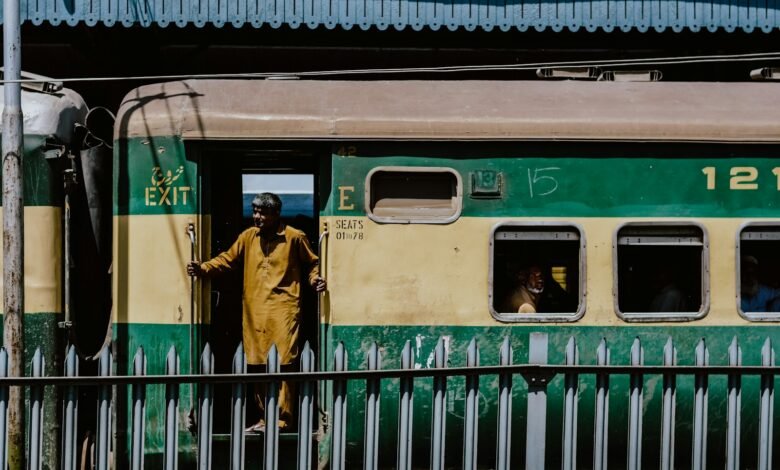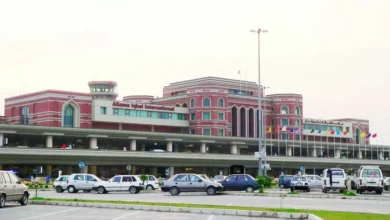The Evolution of Railways in Pakistan
A Historical and Modern Perspective

The Beginning of Railways in Pakistan
The history of rail transport in Pakistan dates back to May 13, 1861, with the inauguration of the 169-kilometer railway line between Karachi and Kotri. This event marked the dawn of a transformative mode of transportation in the region. By 1885, four key railway companies—Sindh Railway, Indian Flotilla Railway, Punjab Railway, and Delhi Railway—were operating in what is now Pakistan.
A significant milestone was achieved in March 1887 when the Sibi-Quetta railway line was completed. On May 25, 1900, the Kotri Bridge and the 8-kilometer-long Kotri-Hyderabad railway line were inaugurated. This completed the central Karachi-Peshawar line, the backbone of Pakistan Railways today. The system, initially known as the North-Western Railway, was renamed Pakistan Western Railway in February 1961 and finally became Pakistan Railways in May 1974.
The Importance of Railways in Pakistan
Railways have played a vital role in Pakistan’s transportation system.
- Connecting Cities: The extensive rail network connects major cities, fostering trade and mobility.
- Freight Transport: Railways are essential for transporting goods across the country efficiently and cost-effectively.
- Wide Coverage: With tracks spanning a large portion of the country, Pakistan Railways serves both urban and remote areas.
Challenges Facing Pakistan Railways
Despite its historical significance, Pakistan Railways faces numerous challenges:
- Aging Infrastructure: Railway tracks are in disrepair and require urgent maintenance.
- Outdated Rolling Stock: The trains are old and need modernization or replacement.
- Skill Gaps: Enhanced training for railway staff is essential for operational efficiency.
- Technological Upgrades: Modernizing the system with cutting-edge technology remains a critical need.
These issues hinder the efficiency and safety of the railway system, impacting both passenger and freight services.
Future Prospects of Pakistan Railways
Efforts are underway to revitalize and modernize Pakistan’s railway system:
- Infrastructure Projects: Upgrades to tracks and facilities are being prioritized.
- Technology Integration: Advanced technologies are being introduced to improve operations and safety.
- Passenger Comfort and Safety: Steps are being taken to make rail travel more comfortable and secure.
- Strategic Initiatives: Government and private sector collaborations aim to enhance the railway’s overall efficiency and sustainability.
These initiatives reflect the commitment to restoring rail transport as a cornerstone of Pakistan’s transportation network.
Conclusion
From its inception in the 19th century to its pivotal role in the 21st, Pakistan Railways has been a lifeline for the nation. While it faces significant challenges, ongoing reforms and modernization efforts offer hope for a brighter future. With improved infrastructure, technology, and services, Pakistan Railways is poised to reclaim its position as a reliable and efficient mode of transport for people and goods alike.



